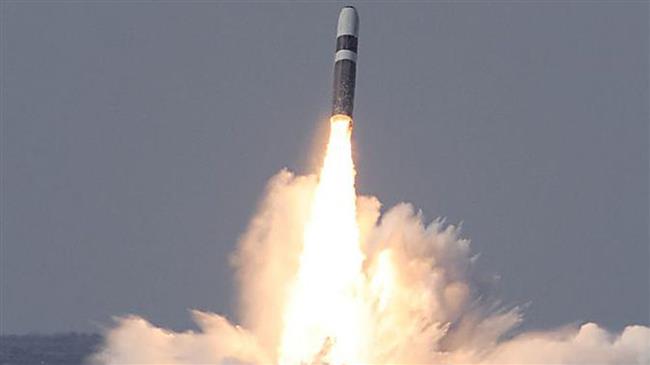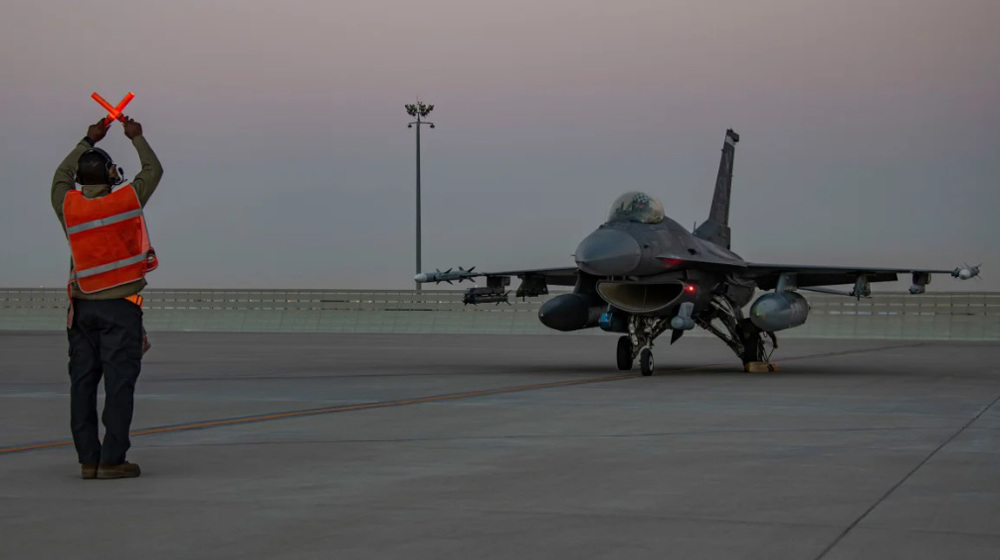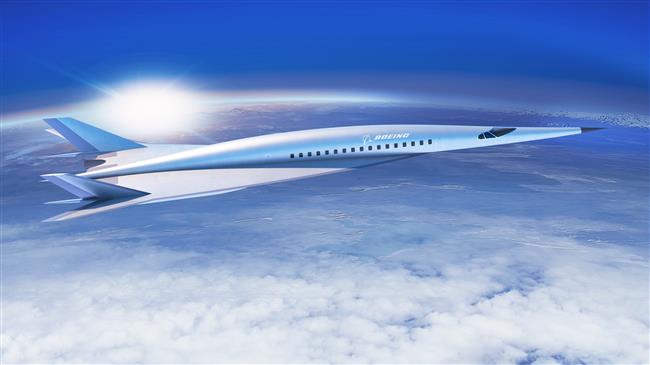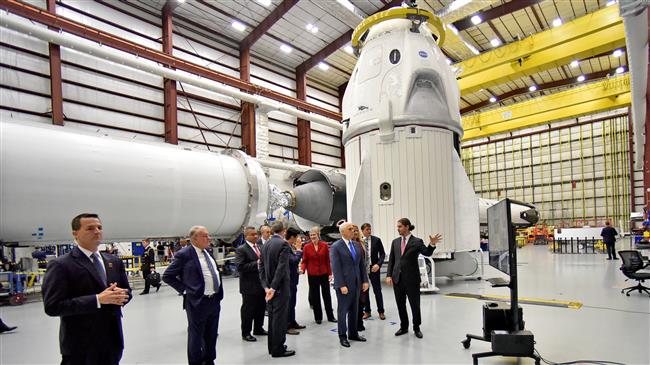US Navy seeks to develop hypersonic Weapons to catch-up with Russia, China
The US Navy has placed the development of hypersonic weapons on its “acquisition wish list” after Russia’s recent announcement of a successful missile test and planned its deployment in 2019 of an “invincible” strategic missile that can fly 27 times the speed of sound.
Highlighting the growing concerns of US military officials about Russian and Chinese leading advancements on a technology that may potentially pose the threat of making existing US missile defense systems obsolete, pro-military news outlet military.com further reported on Friday that US Air Force has also put a priority on hypersonic weapons.
According to the report, under a recently proposed plan, Chief of US Naval Operations Adm. John Richardson listed the Navy's intention to "develop and field an offensive hypersonic weapon by 2025" as a top priority.
Russia’s Deputy Prime Minister Yuri Borisov announced on Thursday that the country’s new missile, referred to as Avangard hypersonic glide vehicle, "essentially makes missile defenses useless," further insisting that “no anti-missile can knock it down.”
He spoke a day after President Vladimir Putin oversaw what he hailed as a decisively successful test of the Avangard and a reliable guarantee of Russia’s security for decades to come.
"This is a great success and a big victory. This is a wonderful, excellent gift for the country for the New Year," Putin said as quoted in a report by state news agency, Tass.
Putin was also cited in press reports as saying that Russia was forced to develop the Avangard after Washington withdrew from the Anti-Ballistic Missile Treaty in 2002.
Moreover, the Russian president recently expressed concerns that a plan by the administration of US President Donald Trump to scrap the Intermediate-Range Nuclear Forces (INF) arms control treaty could lead to a new arms race.
Putin had previously discussed the Avangard project in March, when he touted its abilities in the annual state of the nation speech to the Federal Assembly.
US playing catch-up to Russia, China in hypersonic arms
Meanwhile, US officials have been candid in acknowledging that the American military is likely playing catch-up to Russia and China in the development of hypersonic weaponry.
In a roundtable discussion with reporters last January, Vice Chairman of the US Joint Chiefs of Staff, Air Force General Paul Selva, said: "We have lost our technical advantage in hypersonics," but "we haven't lost the hypersonics fight."
The US Air Force awarded a contract last April to develop a prototype hypersonic cruise missile, or the Hypersonic Conventional Strike Weapon.
The Defense Advanced Research Projects Agency is also working with the Air Force on the joint Tactical Boost Glide (TBG) program “to perfect hypersonic weaponry,” military.com further reported.
According to the report, US Navy's push for a hypersonic weapon was also included in Richardson's so-called “Design 2.0” plan, designed to "guide our behaviors and investments this year and in the years to come." He further noted that specifics "will be reflected in our annual budget documents."
The Design 2.0 plan reflects the concerns of the 2018 National Defense Strategy in stating that "China and Russia are deploying all elements of their national power to achieve their global ambitions.”
It further emphasized: “In addition, our competitors have been studying our methods over the past 20 years. In many cases, they are gaining a competitive advantage and exploiting our vulnerabilities."
To counter the threat, the report added, Richardson listed a number of ASAP capabilities and programs that the Navy needs to acquire or put in operation more quickly.
“Among those priorities are acquiring the Columbia-class replacements for the Ohio-class ballistic submarines; awarding the Future Frigate contract by 2020; building up the 2nd Fleet to full operational capability in 2019; and awarding contracts by 2025 for a new family of underwater unmanned vehicles.”
VIDEO | Police raid pro-Palestinian camp at Amsterdam university, arrest 125 students
How Palestinian prisoner in jail for 20 years won coveted literary prize for his book
UK defense ministry comes under major cyber attack
VIDEO | Austrian students set up pro-Gaza encampment at Vienna university
US soldier detained in Russia for stealing
VIDEO | Dating ancient artefacts with proton beams
Italy sued for complicity in genocide
VIDEO | Turkey vows to hold Israel accountable for Gaza genocide















 This makes it easy to access the Press TV website
This makes it easy to access the Press TV website